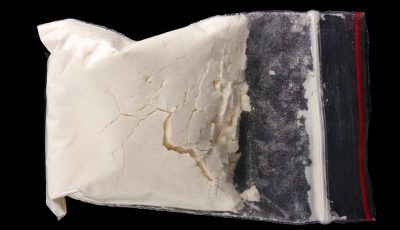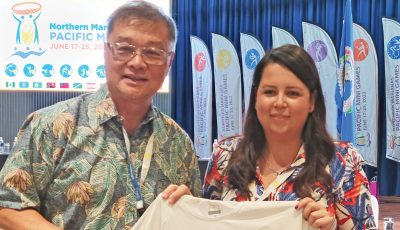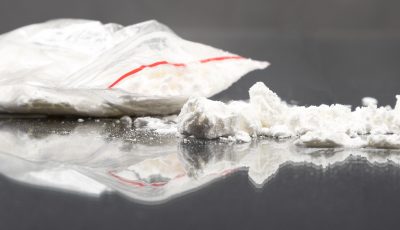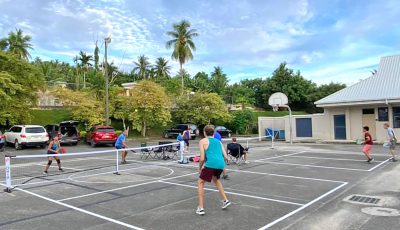Mayweather and Pacquiao
The sandlot where I spent my childhood at 7 to 11 years of age in Aparri at the mouth of the Cagayan River was a bona fide fan club of the boxing world, where children clenched their fists and thrust an imaginary jab as quickly as one says “hello,” the jab often landing before the syllabication of the greetings is finished.
A playmate whose physical genetics from a Caucasian father after World War II was bigger than mine teased us while we played tinnudok (rubber bands twirled at the end of a stick and hidden on hand cover under the sand for the opponents to lasso with their stick) under the guavas. Frequent badgering was his game, and once while I was losing, in frustration, I grabbed his arm and twisted it over my shoulders, executing a jujitsu move that carried his whole body on my back and dumped him on the ground like a sack of cement. One of his arms, unfortunately, went down first under his whole body and it cracked a bone, dislodging it at a joint. He was taken to the hospital and that was the end of my sandlot play.
But boxing was the town’s entertainment in that little delta town that received the silt from the Cagayan Valley, during fiestas and other celebrations, so we were steeped in the art of boxing. Pancho Villa ushered the first golden age, followed by Flash Elorde just about the time I hit my sandlot for the second golden age. Elorde’s name still graces a gym in Metro Manila.
Bare fistfight was not endemic to the Philippine archipelago, known to be swift with the balisong (switchblade) in Luzon and the kris (the deadliest dagger of the world) in Mindanao, later transferred to the betting in the cock pintakasi, and during the Spanish era, Señor encouraged weaponless fighting as a sport, with the suntukan (fistfight) evolving into boxing.
A fight with rattan poles as weapons was called arnis, equivalent to the sword play for sports and settling differences in duels among gents in medieval Europe, save that no Pinoy came close to being a gentleman to El Señor, even the eminent all-around talent Jose Rizal, the Philippine national hero.
President Gloria Macapagal-Arroyo elevated the arnis as a national martial arts competitive sport and became the external exercise and internal discipline of the land, at par with judo and jujitsu, taekwando and karate, kung fu and taijiquan, the last as the meditative art of centering and balancing the Qi.
The third Golden Era was ushered by Manny “The Pacman” Pacquiao, a stage singer and performer turned boxer and politician from Sarangani, Mindanao. The lasting influence of Pacman, as it was with the humble Elorde, is his rags-to-riches story that still inspires many. Unfortunately, it is limited to sports, and one that is horribly violent and possibly waning, or turning into pre-arranged comic-tragedy like the way wrestling has become on TV.
Manny comes up against the legendary boxer from Michigan, Floyd Mayweather Jr., another rags-to-riches mogul with a retinue that heralded a pugilist prodigy starting at 106 lbs as an amateur, slightly over half my diminutive (OK, rotund) size, but he worked himself into an undefeated record to the middleweight level. He remained undefeated in his pro career!
Floyd comes from a family of boxers. The father ran afoul with the law while trading drugs at night and paid for it in years of incarceration. Jr. related later that he came home from school finding used syringes and empty cartridges in his yard from drugs. He trained to box in New Jersey where his mother moved; an uncle boxer became training manager. Floyd Jr. never thought he would grow up to be anything but a boxer. The skill went with a gut-level career determination. Floyd never looked back.
Manny versus Floyd weighs in at 147 lbs in the welterweight division (Floyd went up to Light Middleweight at 154 lbs in one bout). The squaring off of the two has been on the works since 2009, a much-anticipated event, now more than a media splash. They differed on blood drawing schedule for drug. But six years later, they are scheduled to face-off on May 2, and it appears that the klieg lights will be on without any more hitches in Las Vegas. Floyd at 38 is two years older than Manny but stands two inches taller.
The art in boxing disappeared in recent years, though Floyd learned to parry jabs with a particular calculated stance. Braggadocio surrounds the sport, generating animosity between boxers. Add the Pinoy nationalistic fervor that accompanies fights, an entourage of a thousand cars driven to Vegas to accompany and root for Manny and decry Floyd this weekend. On the promo end, it looks like Manny is ahead as T-shirts with his image has flooded the Pinoy population.
Like duels, one wins, another loses; a draw simply delays the inevitable. Shaolin contest, after a bout, has the “winner” bow with right fist clenched on open left palm, saying chengrang, meaning, “thank you for letting me win!” Now, would it not be nice if either Floyd or Manny makes the gesture and utter those lines after the May 2 round in the ring?



























